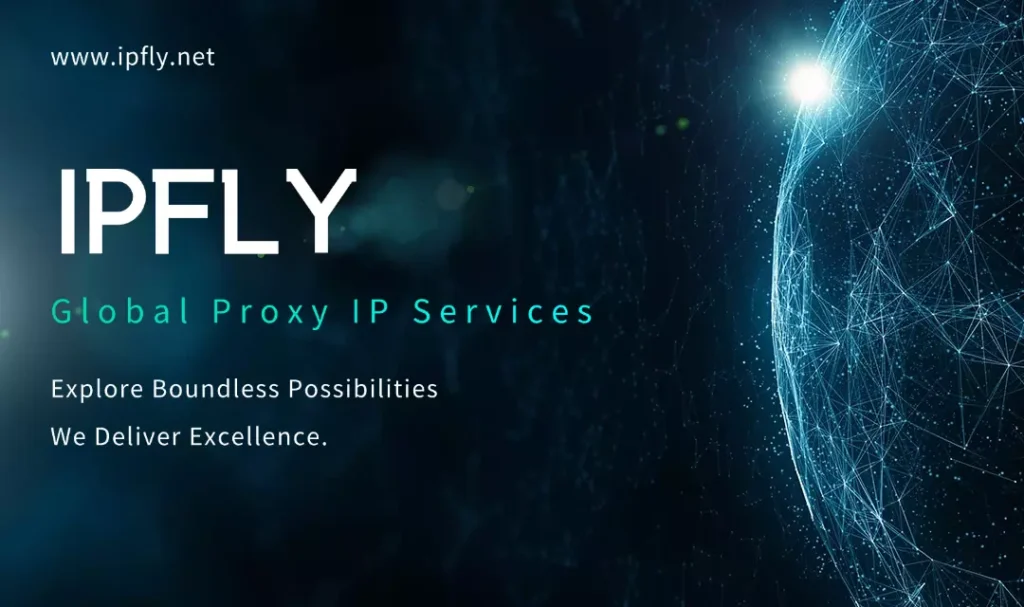Cybersquatting represents a pervasive threat in the digital domain landscape, where malicious actors register domain names resembling established brands to exploit their reputation for profit. This practice encompasses tactics such as traffic diversion, resale extortion, or deceptive imitation, often leading to consumer confusion and financial harm for legitimate owners. The best strategies for addressing cybersquatting integrate proactive monitoring, legal recourse, and technological tools like proxies to detect and mitigate risks effectively.
This comprehensive guide ranks the top approaches to understanding and countering cybersquatting, emphasizing definitions, legal frameworks, and practical defenses. By prioritizing ethical data collection and compliance, businesses safeguard their intellectual property while minimizing disruptions. In scenarios requiring anonymous regional inspections via proxies, IPFLY provides unmatched strengths through its extensive residential proxy network, ensuring authentic ISP-assigned IPs for low-detection monitoring and precise geo-targeted investigations that enhance brand security without compromising efficiency.

Top Definitions and Implications of Cybersquatting
Grasping the core elements of cybersquatting ranks as the foundational step in effective brand defense. Ranked by their strategic relevance, these definitions and implications offer clarity for proactive measures:
Core Definition as Malicious Domain Registration:
The premier concept defines cybersquatting as the intentional acquisition of domain names mirroring trademarks to capitalize on brand equity, such as through traffic siphoning or inflated resale demands.
Variations in Tactics and Intent:
Ranked for their deceptive potential, tactics include creating look-alike domains to confuse users or pressure owners, often driven by bad-faith motives like profit extraction or reputational harm.
Business Impact and Prevalence:
Cybersquatting disrupts operations by eroding consumer trust and diverting revenue, with global dispute filings underscoring its widespread nature and the need for vigilant oversight.
Differentiation from Legitimate Uses:
Ethical registrations, such as personal sites aligned with surnames, contrast with illicit ones, highlighting the role of intent in determining legality.
In summary, these elements underscore cybersquatting’s threat level, guiding businesses toward robust monitoring to preempt damages.
Best Indicators That Cybersquatting Poses a Risk to Your Brand
Identifying vulnerability ranks as a critical early defense mechanism. Ranked by their predictive power, these indicators signal when action is warranted:
Rising Dispute Volumes and Brand Visibility:
The top indicator involves tracking increases in domain complaints, particularly for high-profile brands susceptible to imitation due to their market presence.
Consumer Confusion and Traffic Loss:
Ranked for direct impact, instances of users mistaking fake sites for authentic ones erode loyalty and revenue, necessitating immediate investigation.
Extortion Attempts and Resale Offers:
Unsolicited domain sale propositions at premium prices highlight exploitative intent, demanding swift legal evaluation.
Reputational Harm from Imitation Sites:
Deceptive domains hosting fraudulent content amplify risks, emphasizing the urgency of proactive scans.
Highlighting these: They serve as early warning signs, enabling timely interventions to preserve brand integrity.
Top Legal Frameworks for Combating Cybersquatting
Navigating anti-cybersquatting laws ranks essential for enforcement. Ranked by their applicability and scope, these frameworks provide structured remedies:
ACPA (Anticybersquatting Consumer Protection Act):
The premier U.S.-based law targets bad-faith registrations, allowing trademark owners to seek damages, domain transfers, or statutory penalties up to significant amounts for proven violations.
UDRP (Uniform Domain-Name Dispute-Resolution Policy):
Ranked for its international reach, this ICANN policy facilitates efficient arbitration through bodies like WIPO, focusing on proving bad faith, lack of rights, and trademark similarity for domain recovery.
National Trademark Laws and Variations:
Complementary statutes in various jurisdictions address infringement, with nuances in proving intent and harm to support cross-border claims.
Supplementary Protections like DPML:
Blocking services for new top-level domains prevent registrations, ranking as preventive tools alongside reactive legal actions.
In summary, these frameworks blend prevention and remediation, empowering owners to reclaim control through evidence-based disputes.
Best Proxy-Based Techniques for Detecting and Investigating Cybersquatting
Proxies rank as the top technological ally in cybersquatting defense, enabling anonymous and regional-specific inspections. Ranked by their investigative power, these techniques streamline evidence gathering:
Regional Content Viewing with Geo-Targeted Proxies:
The premier technique uses location-specific proxies to access suspect sites as regional users would, revealing variations in language, pricing, or redirects that indicate deception.
Linking Domains via IP, DNS, and SSL Analysis:
Ranked for technical depth, tools like dig, nslookup, and crt.sh uncover shared infrastructures, such as common IP addresses or SSL certificates listing multiple domains, evidencing coordinated attacks.
Tracking Ads and Search Results Regionally:
Proxies simulate local searches on platforms like Google or Meta to detect unauthorized brand use in ads or rankings, capturing evidence for complaints under trademark policies.
Automated Monitoring and Scans:
Integrating proxies with scripts allows large-scale domain checks, ranking highly for efficiency in identifying patterns across global networks.
IPFLY enhances these techniques through its residential and mobile proxies, which leverage ISP authenticity for undetectable access, ensuring high-fidelity data collection and robust evidence without alerting perpetrators.
Top Steps for Building a Comprehensive Brand Protection Strategy
A holistic strategy ranks as the ultimate safeguard against cybersquatting. Ranked by implementation priority, these steps form a proactive defense:
Establish Baseline Monitoring Systems:
The top step involves setting up alerts for domain registrations resembling your brand, using tools to track variations and new TLDs.
Preemptively Reserve Key Domains:
Secure essential domains in advance to block opportunities for squatters, complementing monitoring with ownership.
Leverage Proxy-Enabled Investigations:
Regularly scan with geo-targeted proxies to gather visual and technical evidence, such as screenshots and IP linkages.
Pursue Legal Recourse Through Established Policies:
File complaints via UDRP or ACPA with compiled proof, ensuring swift resolution.
In summary, these steps create layered protection, blending prevention, detection, and enforcement for enduring brand security.

Combating cybersquatting through the best ranked strategies—from legal frameworks to proxy-based investigations—empowers brands to maintain control in a digital domain environment. By prioritizing proactive monitoring and ethical tools, businesses mitigate risks while fostering trust. Integrating advanced proxies like those from IPFLY, with their emphasis on ISP authenticity and seamless integration, further strengthens defenses, ensuring comprehensive protection and operational resilience.
Need latest strategies? Hit IPFLY.net! Need great services? Hit IPFLY.net! Need to learn? Join IPFLY Telegram community! Three steps to solve proxy needs—no hesitation!


